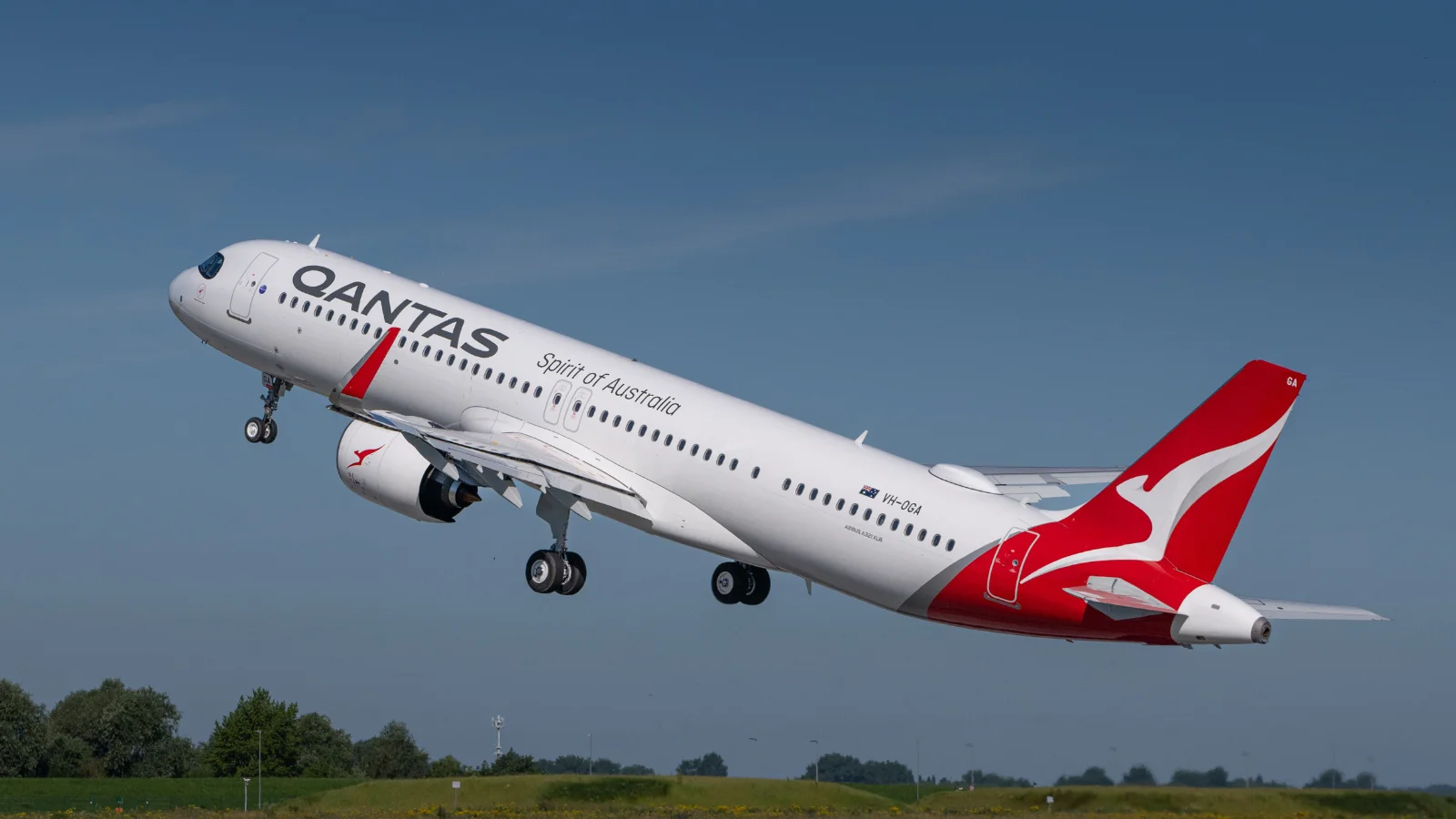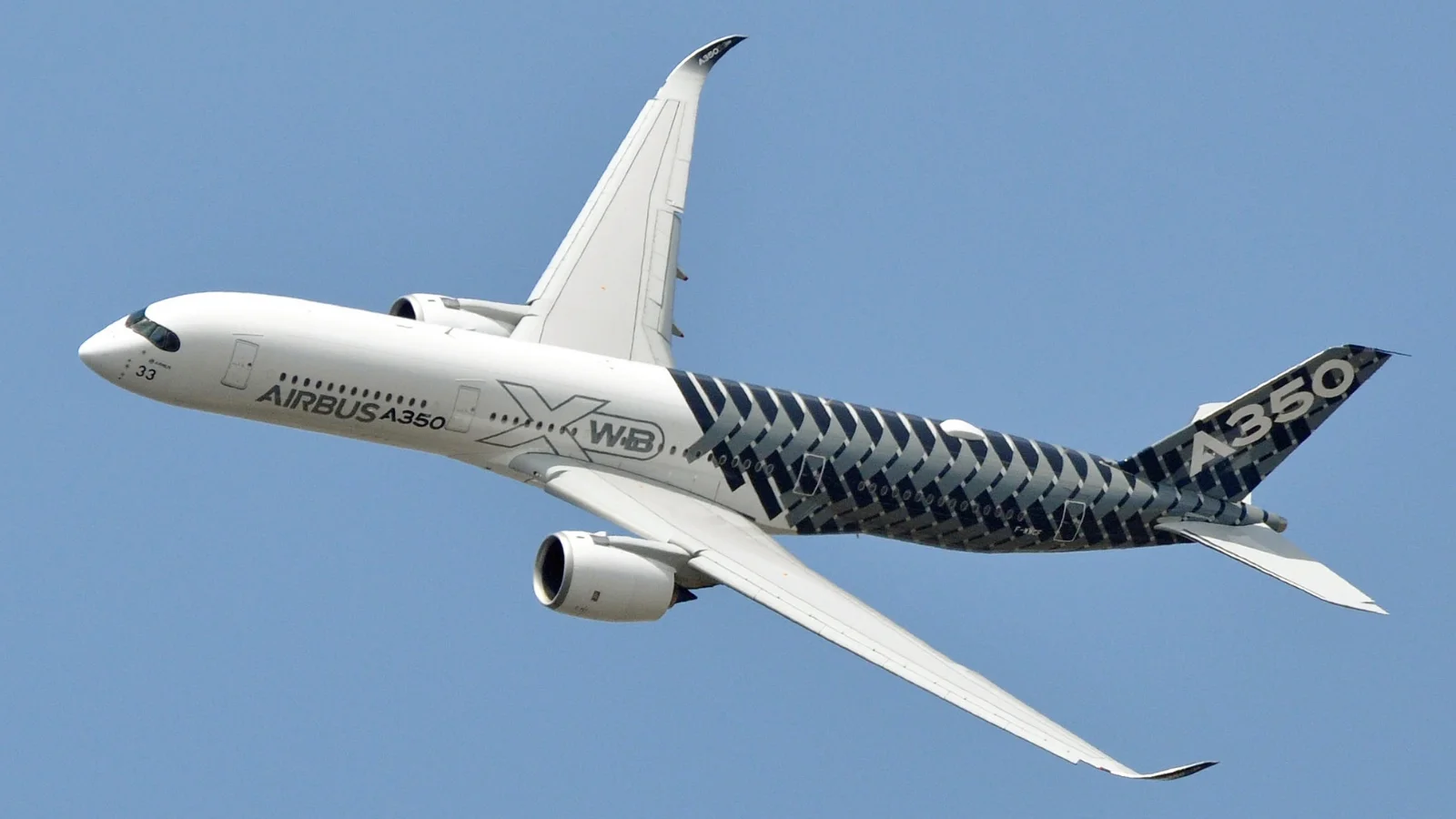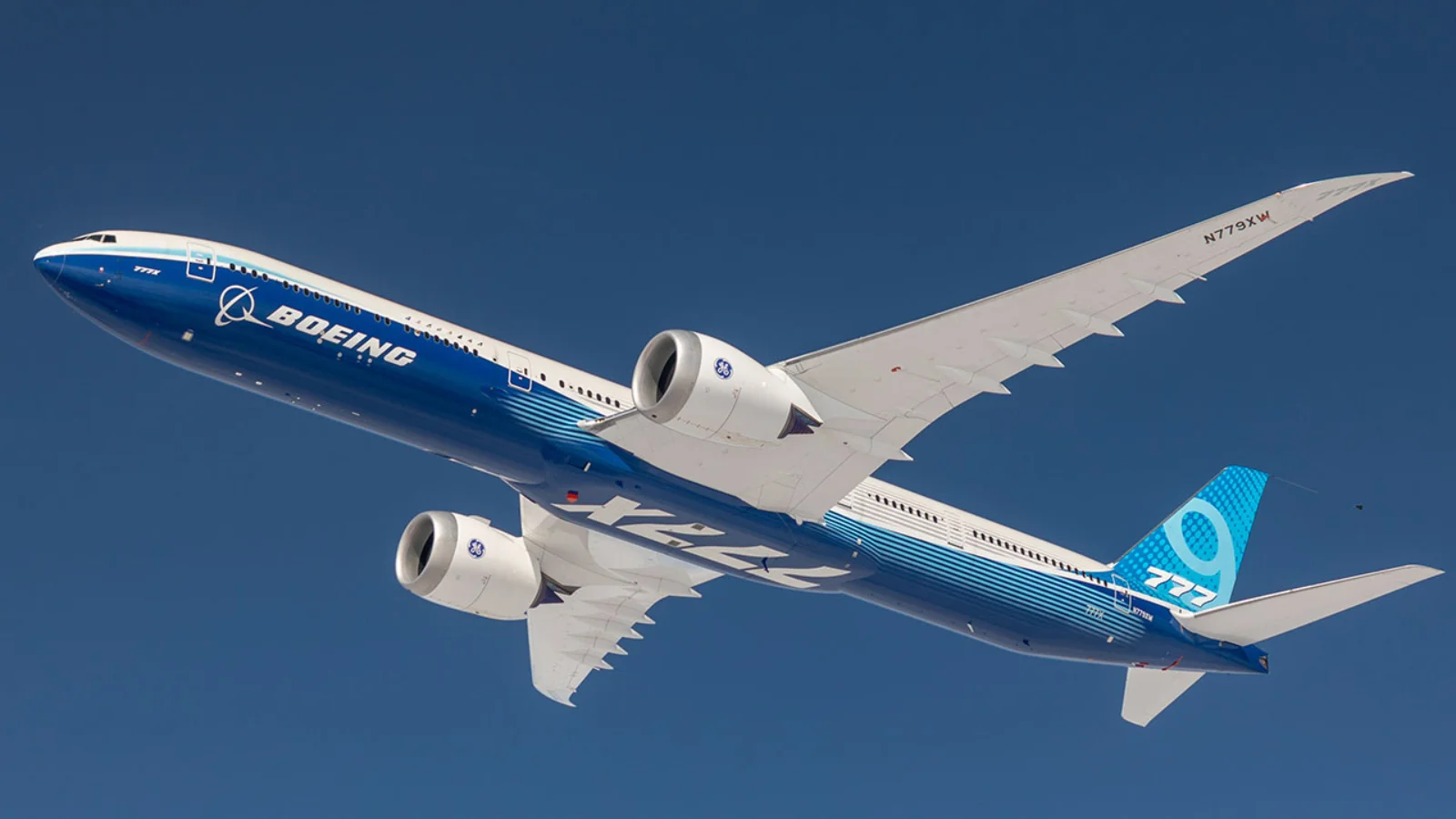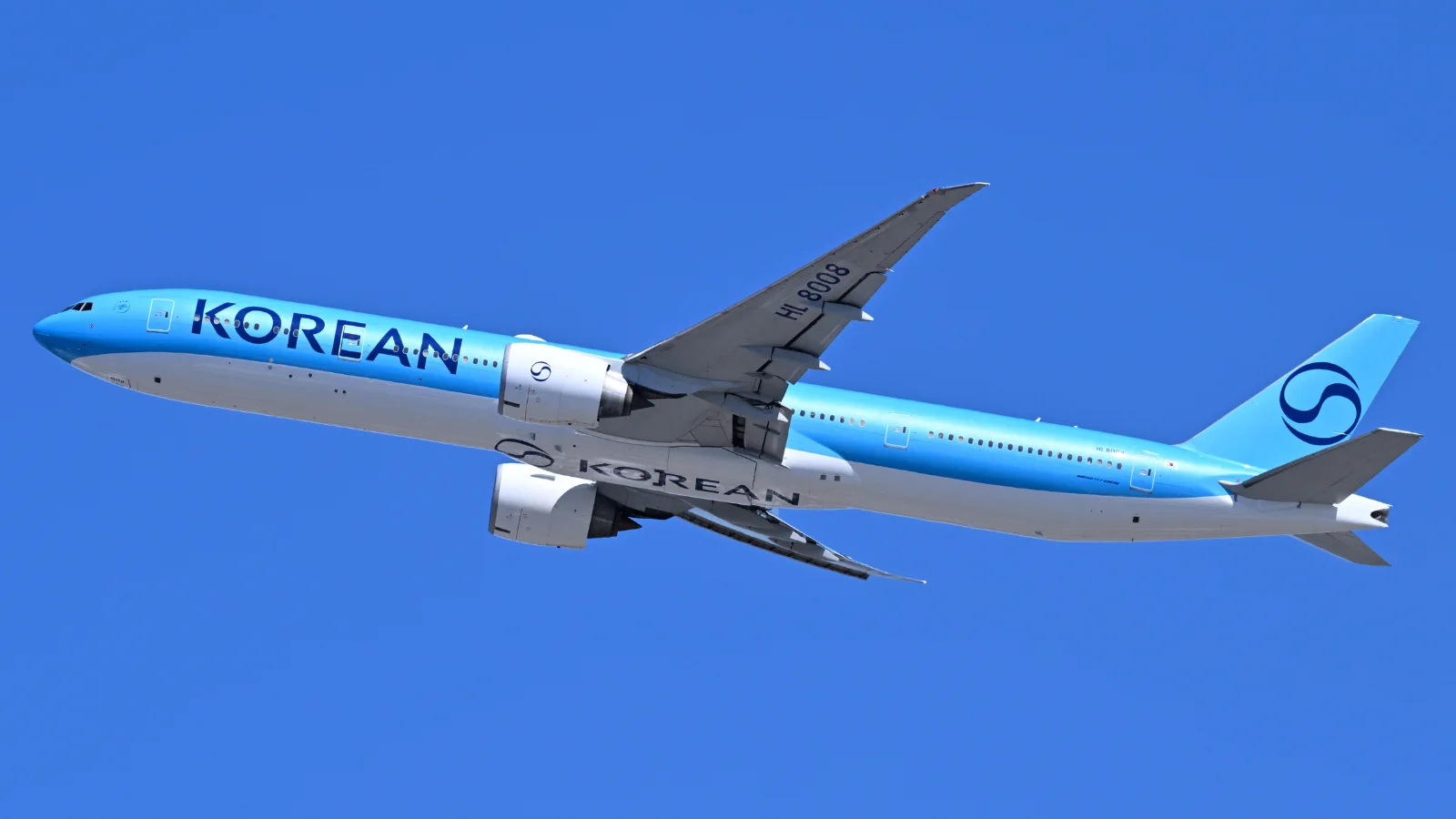The Boeing RC-135 Rivet Joint, an aircraft developed from the Boeing 707 airliner, plays a crucial role in reconnaissance and intelligence gathering for the United States Air Force (USAF) and its allies. Known for its ability to collect and analyze signals across a wide spectrum, the RC-135RJ provides vital intelligence data to US and allied commands. Its advanced sensors and surveillance equipment have transformed it into one of the most successful Intelligence, Surveillance, and Reconnaissance (ISR) platforms.
Since its debut in 1965, the Rivet Joint has utilized advanced signals intelligence (SIGINT) systems. Its primary mission is to gather electronic signals from enemy systems such as communications, radar, or electronic warfare systems. The aircraft's design allows it to operate at high speeds and altitudes, covering vast regions effectively.
According to the 55th Operations Group that operates these missions, their aircraft is "critical for real-time intelligence support in both peacetime and wartime scenarios." The RC-135's networked capabilities enable it to link real-time data with ground stations and command centers. This capability supports various missions including counterterrorism and conventional operations.
 Alerts Sign-up
Alerts Sign-up


























